Tag: study

Safe Transfer of the Brain-injured Patient
The document considers recent developments in the management of multiply-injured patients and those with acute ischaemic stroke. Whilst many of the principles of safe transfer are common to all seriously ill patients,... read more

Epinephrine During Resuscitation of Traumatic Cardiac Arrest and Increased Mortality
Epinephrine administered during in-hospital resuscitation was associated with lower 7-day survival rate in patients with out-of-hospital cardiac arrest (OHCA) following trauma. While we examined the outcomes of selected... read more

Should We Treat Fever in Critically Ill Patients Without Acute Brain Pathology?
In one of the sessions at #LIVES2019 in Berlin, Prof. Frank Van Haren of Canberra Hospital, Australia, presented findings from the Randomised Evaluation of Active Control of Temperature versus Ordinary Temperature Management... read more

Early Identification of Disease Progression in Patients with Suspected Infection Presenting to the ED
In patients presenting to the emergency department (ED) with a suspected infection, the blood biomarker MR-proADM could most accurately identify the likelihood of further disease progression. Incorporation into an early sepsis... read more

Health Coaching to Increase Appropriate Inhaler Use in COPD
Health coaching may provide a scalable model that can improve care for people living with chronic obstructive pulmonary disease (COPD). Baseline adherence and inhaler technique were uniformly poor and did not differ by... read more
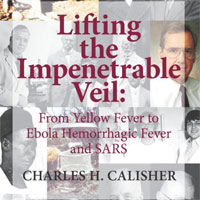
Lifting the Impenetrable Veil: From Yellow Fever to Ebola Hemorrhagic Fever & SARS
This book tells their communal story, the story of medical history, entomology, vector-borne diseases, virology, epidemiology and related fascinating but little recognized disciplines Interweaving his own personal stories... read more

Global, Regional, and National Sepsis Incidence and Mortality: 1990-2017
Globally, there were an estimated 60.2 million cases of sepsis in 1990 and 48.9 million cases of sepsis in 2017. This change represents a decrease of 18.8%. Of all incident cases of sepsis in 2017, 33.1 million occurred... read more
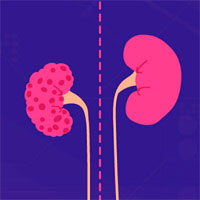
Soluble Urokinase Receptor and AKI
The authors concluded that high suPAR levels were associated with Acute Kidney Injury (AKI) in various clinical and experimental contexts. This cohort study reports that suPAR was associated with subsequent AKI in several... read more
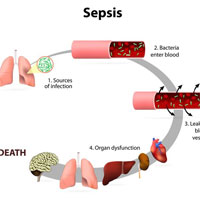
A Team Response to a Potential Killer: Sepsis
Our bodies are very good at fighting infection. The immune system reacts and attacks bacteria and viruses that make us sick. But sometimes the immune reaction is so strong that it damages the body. This is called a septic... read more
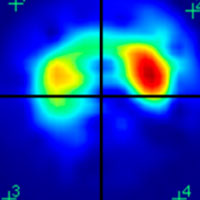
Prone Positioning Monitored by Electrical Impedance Tomography in Patients with Severe ARDS on VV-ECMO
Prone positioning (PP) during veno-venous ECMO is feasible, but its physiological effects have never been thoroughly evaluated. Our objectives were to describe, through electrical impedance tomography (EIT), the impact of... read more
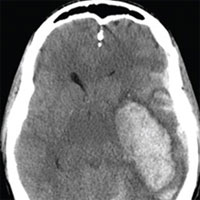
Tranexamic Acid Has Nominal Benefit for TBI
Studies examining the use of tranexamic acid (TXA) inescapably seem to pit our rigorous methodological demons against our practical clinical angels. The CRASH-2 trial randomized 20,211 adult trauma patients presenting... read more

A Prospective Observational Study of High-Dose Intrathecal Diamorphine in Laparoscopic Bariatric Surgery
We have demonstrated that neuraxial blockade is a simple, practical, and feasible technique to adopt. Our case series demonstrated a high level of patient acceptability. 50 patients were included. 11 patients (22%) had... read more
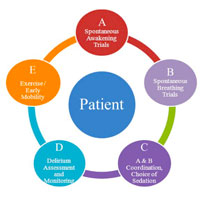
The ABCDE Bundle Associated with Significant Reductions in Duration of Mechanical Ventilation
The focus on long-term consequences of critical illness has intensified with increasing ICU utilization and survivorship. Post Intensive Care Syndrome (PICS) is increasingly recognized and has profound and long-lasting negative... read more

Risk Factors for Septicemia Deaths and Disparities in a Longitudinal US Cohort
In this cohort, the major risk factors for septicemia death were similar to those for other causes of death, there was approximately a 2-fold Black-White disparity in septicemia deaths, and the strongest mediators of this... read more








